Do you have a question about the Samsung LE32C630 and is the answer not in the manual?
Information on digital TV reception standards and warnings about displaying still images to prevent screen burn.
Requirements for TV installation space and general safety guidelines.
Guidelines for environmentally safe disposal of the TV and its batteries.
Instructions for connecting the TV to an antenna for signal reception.
Guide for the initial TV setup process using Plug & Play.
How to connect devices using HDMI/DVI for HD video.
How to connect devices using component, AV, or Scart cables.
How to connect audio systems or headphones.
Using a CI/CI+ card for accessing paid channels.
Selecting and naming input sources for connected devices.
How to navigate TV menus and operate the On-Screen Display (OSD).
Using the INFO button for program information.
Using the Electronic Program Guide (EPG) to schedule programs.
Deleting, locking, and setting favorite channels using the Channel Manager.
Scanning and storing channels automatically or manually.
Editing channel names, numbers, and using cable search options.
Selecting picture modes and adjusting settings like brightness.
Detailed adjustments for backlight, contrast, sharpness, colour, and tint.
Features like Energy Saving and ECO Sensor to reduce power consumption.
Adjustments for black tone, dynamic contrast, gamma, and colour space.
Setting picture size, aspect ratio, and screen fit for optimal display.
Noise filter, HDMI black level, motion enhancement settings.
Connecting and configuring the TV as a PC monitor.
Selecting sound modes and adjusting equalizer settings.
Features for audio description, auto volume, and speaker selection.
Settings for DTV audio, audio format, and sound modes.
Setting clock, sleep timer, and on/off timers.
Child lock, parental lock, and PIN management.
Settings for language, subtitles, and digital text.
Network setup, game mode, menu transparency.
Using PIP to display multiple video sources.
Accessing data services via broadcast media.
Diagnosing issues and finding solutions.
Steps to upgrade TV software via USB or online.
How to connect a PC using various cables.
Supported display modes and resolutions for PC connections.
Connecting the TV to a network using Ethernet cables.
Setting up network connection automatically using DHCP.
Manually configuring network settings with static IP addresses.
Connecting the TV to a wireless network using a LAN adapter.
Setting up wireless connection using Samsung Auto Configuration.
Connecting wirelessly using the WPS button.
Setting up a peer-to-peer wireless connection with mobile devices.
Manual setup and connecting via SWL.
Solutions for problems connecting to the internet.
How to connect USB devices to play media files.
Playing media files from a PC over the network.
Navigating and viewing files in the Media Play screen.
Instructions on how to play video files.
Resuming movie playback and playing music files.
Viewing photos or slide shows with background music.
Selecting and playing multiple files or groups.
Sorting files by various criteria.
Options for playback control like repeat, size, sound.
Managing DivX VOD registration and viewing device info.
Controlling Samsung devices with the TV remote.
Connecting home theatre and navigating the Anynet+ menu.
Enabling Anynet+, auto turn-off, switching devices.
Recording TV programs using a connected Samsung recorder.
Outputting sound through an external receiver.
Solutions for common Anynet+ problems.
Setting up and using AllShare for device connectivity and content sharing.
Viewing mobile messages and sharing screen content.
Call/schedule alarms and media sharing from mobile devices.
Using a mobile phone to control the TV and share its screen.
Accessing and navigating analogue Teletext services.
Steps for assembling brackets and installing the wall mount kit.
Specs for VESA wall mounts and screw details.
Organizing cables using cable ties.
Using a Kensington lock for physical security.
Safety instructions to prevent the TV from tipping over.
Solutions for distortion, color issues, freezing.
Solutions for no sound, low volume, or speaker noise.
Solutions for power, display, and signal reception problems.
Solutions for PC, network, and remote control problems.
Solutions for settings loss, intermittent audio/video, display anomalies.
Information about Dolby, DTS, DivX, and SRS technologies.
Panel resolution, operating conditions, TV system.
Physical dimensions, weight, and model variations.
| Screen Size | 32 inches |
|---|---|
| Resolution | 1920 x 1080 |
| Display Type | LCD |
| Backlight | CCFL |
| HDMI Ports | 4 |
| USB Ports | 2 |
| Response Time | 5 ms |
| Component Video Input | 1 |
| Composite Video Input | 1 |
| Ethernet Port | Yes |
| Digital Audio Output | 1 (Optical) |
| Built-in Speakers | Yes |
| Sound Output | 10W x 2 |
| Viewing Angle | 178 degrees |
| Input Ports | HDMI, USB, Component, Composite, Ethernet |
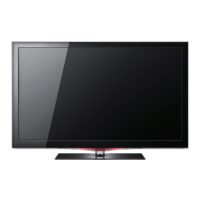
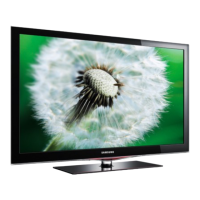
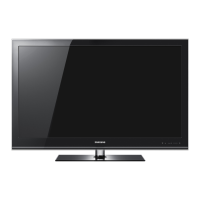

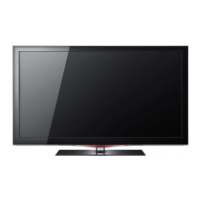
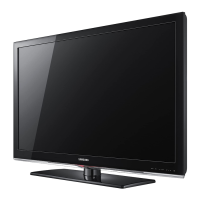

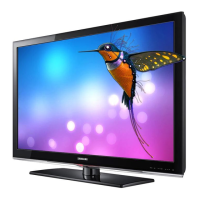
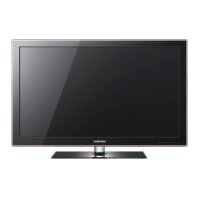
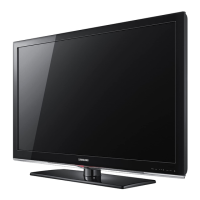
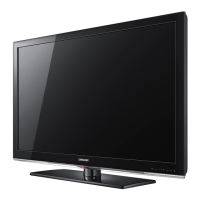

